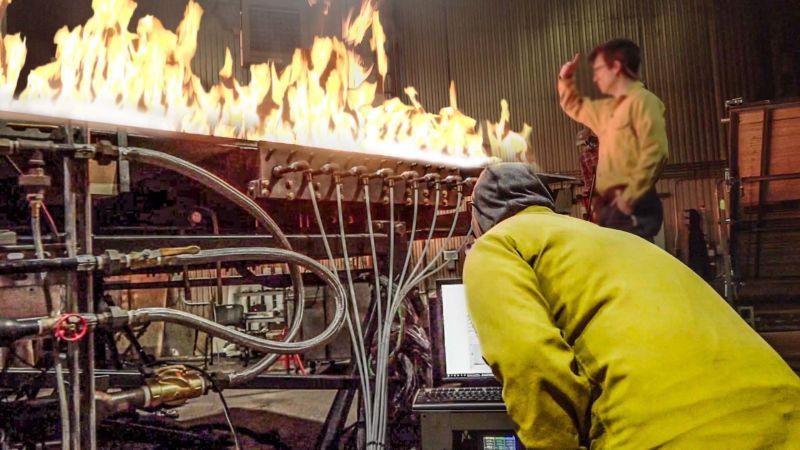How to Save Your Home From a Wildfire
Wildfires have become a devastatingly common occurrence in many parts of the world, particularly in areas with dry climates and dense vegetation. The destructive power of wildfires can consume everything in their path, including people’s homes. However, by taking some proactive measures, you can significantly increase the chances of saving your home from a wildfire. Here are some essential steps to follow:
1. Create Defensible Space: Creating a defensible space around your property is one of the most effective ways to protect your home from wildfires. This involves clearing flammable vegetation and materials from around your house, creating a buffer zone. Remove dry grasses, fallen leaves, shrubs, and dead tree branches to limit the available fuel for a fire. Keep at least a 30-foot clear space around your home, extending up to 100 feet for larger properties, to reduce the risk of ignition.
2. Use Fire-Resistant Materials: If you live in a high-risk area prone to wildfires, consider using fire-resistant materials while constructing or renovating your home. Choose fire-resistant roofing materials, such as metal or tile, instead of wood shingles. Install fire-resistant windows and screens that can withstand high heat. Use non-combustible materials for the exterior walls, decks, and fences whenever possible. These precautions can help prevent embers or flames from compromising the building’s integrity.
3. Maintain Your Property: Regular maintenance of your property is crucial to minimizing wildfire risks. Trim tree branches that overhang your house and remove dead vegetation regularly. Keep the gutters and roof clear of debris that can catch fire. Ensure that your address is clearly visible from the road, allowing firefighters to locate your home quickly. Additionally, create an emergency water supply by installing hoses that can reach all areas of your property and clearing excess vegetation around water sources.
4. Prepare a Fire-Resistant Zone: Establishing a fire-resistant zone around your home can act as a barrier against an encroaching wildfire. Use gravel or concrete rather than vegetation for walkways and patios. Avoid using wood chips or other flammable mulch near your house. Replace highly flammable plants with fire-resistant species in your garden and maintain a well-irrigated landscape. This fire-resistant zone will help prevent flames from reaching your home and decrease the risk of ignition.
5. Have an Evacuation Plan: Despite all precautions, wildfires can still pose a significant threat to your home. It is crucial to have a detailed evacuation plan in place for your family and pets. Identify multiple escape routes and ensure that everyone knows how to evacuate safely. Keep an emergency kit ready with essentials like food, water, medication, and important documents. Stay updated with local fire reports and follow the instructions of authorities when it comes to evacuation orders.
6. Communicate with Neighbors: Wildfires can spread rapidly, so maintaining good communication with your neighbors is vital. Develop a community action plan by organizing neighborhood meetings and discussing wildfire preparedness. Share resources and information about evacuation routes, firefighting resources, and emergency contacts. Collaborative efforts can improve overall community resilience and increase the chances of saving homes during a wildfire.
In the face of a wildfire, saving lives should always be the top priority. However, by taking proactive steps to protect our homes and communities, we can minimize the potential devastation caused by these natural disasters. Be prepared, stay informed, and practice fire safety to greatly increase the chances of safeguarding your home from the destructive power of a wildfire.

